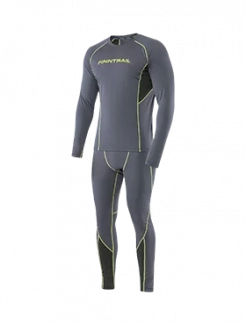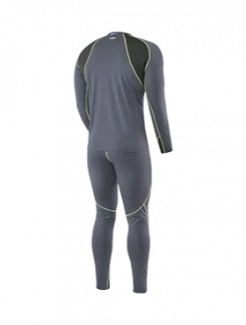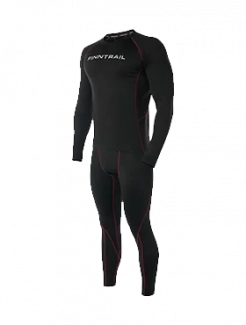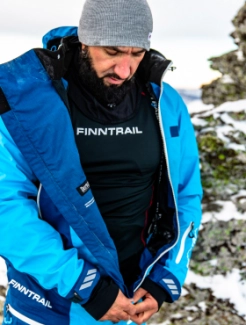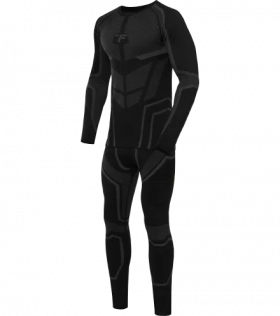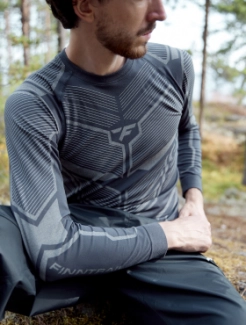Snowmobile Winter Gear Checklist: Stay Dry, Warm, and Protected
When the temperature drops and the snow piles high, snowmobiling becomes one of the best ways to enjoy winter’s wild beauty. But it also means facing freezing winds, deep snow, and unpredictable weather. Whether you’re a weekend trail rider or an avid backcountry adventurer, having the right cold weather gear can make the difference between an unforgettable ride and a miserable one.
This guide breaks down the gear for snowmobiling, from base layers to helmets, helping you stay warm, dry, and ready for adventure in any conditions.
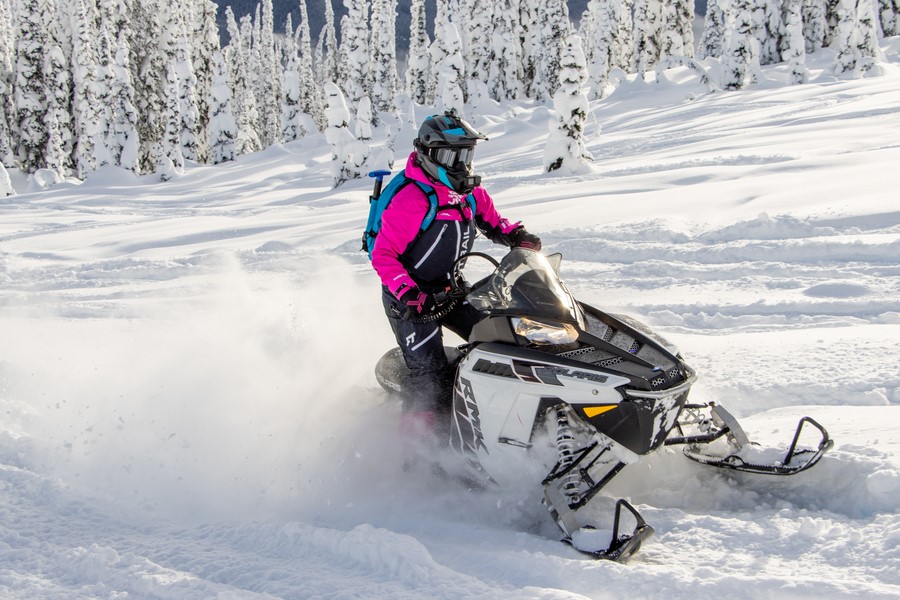
1. Layering: The Foundation of Comfort and Warmth
The secret to conquering the cold lies in layering. It helps regulate body temperature, wicks away sweat, and provides insulation. A proper snowmobile outfit usually includes three key layers:
Base Layer: Moisture Control
Start with a thermal base layer that wicks moisture away from your skin. When you’re active, sweat can quickly chill you if it stays trapped. Look for synthetic or merino wool materials instead of cotton, which holds moisture.
Tip: compression-fit base layers are great for comfort and mobility.
Mid Layer: Insulation
This is your main source of warmth. Fleece jackets, synthetic insulated hoodies, or lightweight down pieces work perfectly. Choose breathable materials that trap heat without restricting movement.
Tip: a mid layer with a front zipper gives you better ventilation when the trail heats up.
Outer Layer: Weather Protection
Your jacket and bibs or snowmobile suit form the outer shell, keeping wind, snow, and moisture at bay. This is where you need true winter snowmobile gear made with waterproof and windproof membranes, sealed seams, and ventilation zippers.
Tip: look for features like reinforced knees, articulated elbows, and adjustable cuffs. These details boost both comfort and durability.
2. Snowmobile Jackets and Bibs: Your First Line of Defense
Modern snowmobile outerwear is engineered to protect you from the toughest winter elements. The best winter gear for snowmobiling combines high waterproof ratings, breathability, and insulation tailored to your riding style.
-
Waterproofing: a rating of 15,000 mm or higher is ideal for long rides in snow or sleet.
-
Breathability: at least 10,000 g/m²/24h ensures moisture escapes, preventing that clammy feeling.
-
Insulation: opt for removable or adjustable insulation if you ride in varying temperatures.
If you’re exploring backcountry trails or deep powder, one-piece snowmobile suits offer unmatched weather protection. They eliminate gaps that let snow in and are often preferred by riders tackling deep snow or mountain terrain.
For trail riders, a two-piece setup allows easier layering and ventilation, especially during breaks or when temperatures rise.
3. Gloves and Mittens: Keeping Hands Warm and Dry
Your hands control everything—steering, throttle, and brakes—so keeping them warm and functional is crucial. Good cold weather snowmobile gear always includes high-quality gloves or mittens.
-
Insulated gloves with a waterproof membrane protect against wind and snow.
-
Heated gloves or handlebar warmers add comfort during extreme cold.
-
Gauntlet-style cuffs that extend over the sleeve keep snow from sneaking in.
If you prefer better dexterity for handling small controls, opt for gloves with flexible insulation and a non-slip grip on the palm.
4. Boots and Socks: The Key to Warm Feet
Few things can ruin a ride faster than cold feet. Snowmobile boots should provide insulation, waterproofing, and traction while remaining breathable.
-
Waterproof construction: look for multi-layer membranes and sealed seams.
-
Insulation: 400–800 grams of insulation works well for most winter conditions.
-
Sole design: aggressive tread patterns prevent slipping on icy surfaces.
Pair your boots with high-quality synthetic or wool socks—avoid cotton at all costs. For extremely cold rides, double up with a thin liner sock underneath a thicker pair.
5. Helmets and Balaclavas: Protecting Your Head and Face
Your helmet is your main protection from impact and cold wind. Full-face snowmobile helmets are the most common choice for winter riding. Look for models with:
-
Dual-pane or heated visors to prevent fogging.
-
Breath deflectors and chin curtains for extra warmth.
-
Ventilation control to manage airflow.
Underneath the helmet, wear a balaclava or thermal headliner made from moisture-wicking fabric. It shields your face, neck, and ears from biting wind and frostbite.
6. Goggles and Face Protection
If you use an open-face helmet, goggles are essential. They should fit snugly, provide UV protection, and feature anti-fog lenses. Mirrored or tinted lenses help reduce glare from snow on sunny days.
For blizzard conditions, consider goggles with double lenses and a wide ventilation system to maintain visibility.
7. Accessories That Make a Difference
Small details in your snowmobile winter gear setup can make a big impact on comfort and safety:
-
Neck gaiters: keep wind and snow from entering your collar.
-
Heated vests or insoles: great for long rides in subzero temperatures.
-
Hand and toe warmers: compact and disposable, perfect for emergencies.
-
Dry bags or waterproof backpacks: protect your gear and electronics from snow and moisture.
These accessories might seem optional, but they’re often what separates an average ride from a truly enjoyable one.
8. Maintenance and Preparation: Gear That Lasts All Season
Taking care of your snowmobile clothing ensures it performs season after season. After each ride:
-
Dry everything completely before storing to prevent mold or odor.
-
Clean gear gently using detergents designed for waterproof fabrics.
-
Reapply DWR coatings on jackets and pants to maintain water repellency.
-
Inspect zippers and seams regularly for wear and tear.
Well-maintained gear not only lasts longer but also keeps its thermal efficiency and protective properties intact.
9. Choosing the Right Gear for Your Riding Style
Your snowmobile gear should match your type of riding:
-
Trail riders: prioritize comfort, visibility, and adjustable insulation.
-
Mountain or deep-snow riders: choose waterproof, lightweight, and breathable suits for high mobility.
-
Utility riders: go for maximum durability and reinforced outer materials to handle demanding work conditions.
Whatever your riding style, investing in premium cold weather gear ensures that you stay protected, warm, and focused on the ride—not the cold.
Final Thoughts
Snowmobiling is pure freedom—the thrill of speed, the beauty of snowy landscapes, and the sense of adventure that only winter can bring. But with that comes the challenge of staying warm and safe in extreme conditions.
Choosing the best gear for snowmobiling isn’t just about comfort—it’s about safety and performance. When you’re properly dressed, you can ride longer, explore farther, and enjoy every moment without worrying about frostbite or fatigue.
From base layers to helmets, each piece of gear works together to shield you from nature’s harshest elements. So before your next ride, gear up right—and let nothing stand between you and the winter trails ahead.

